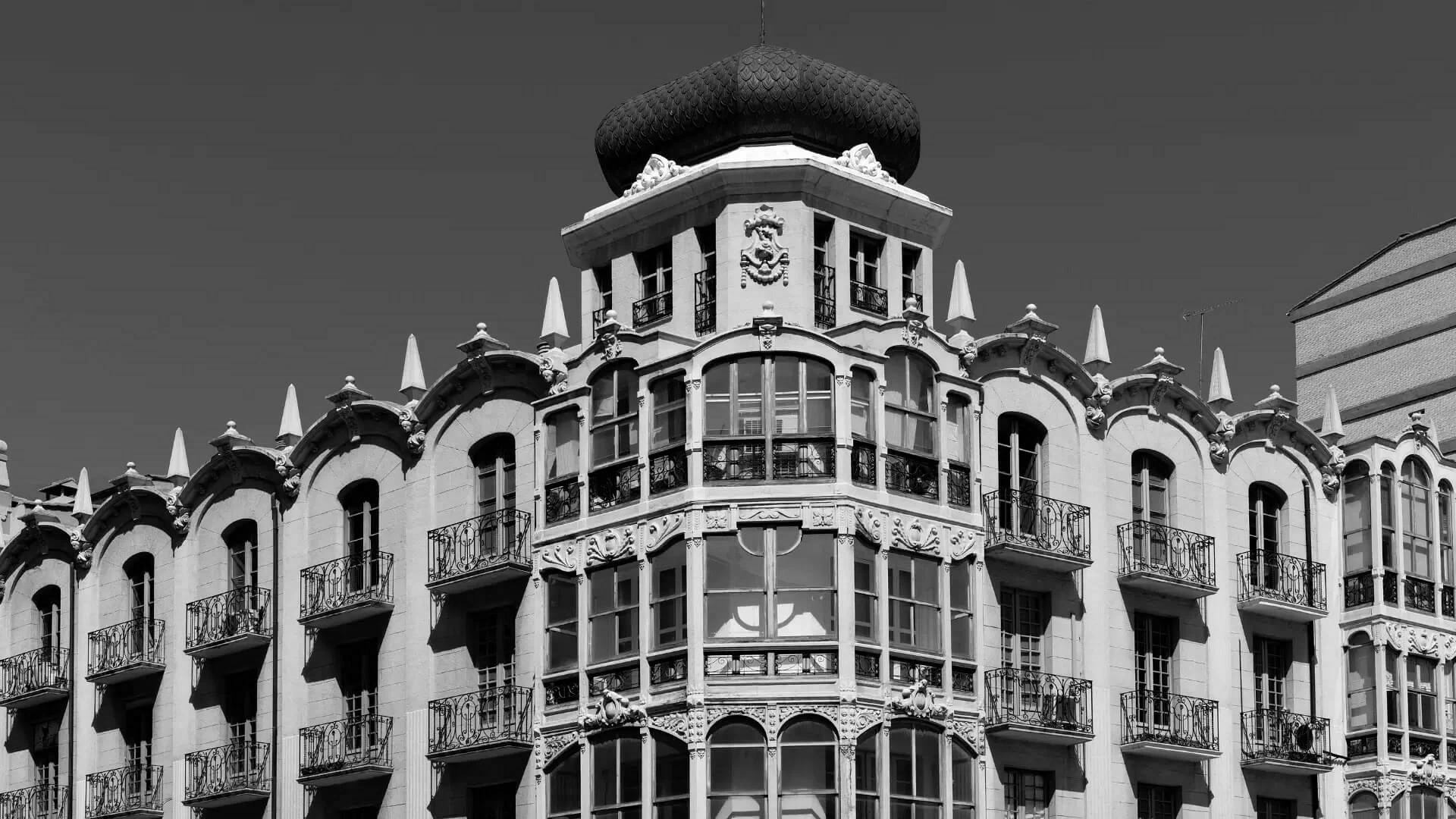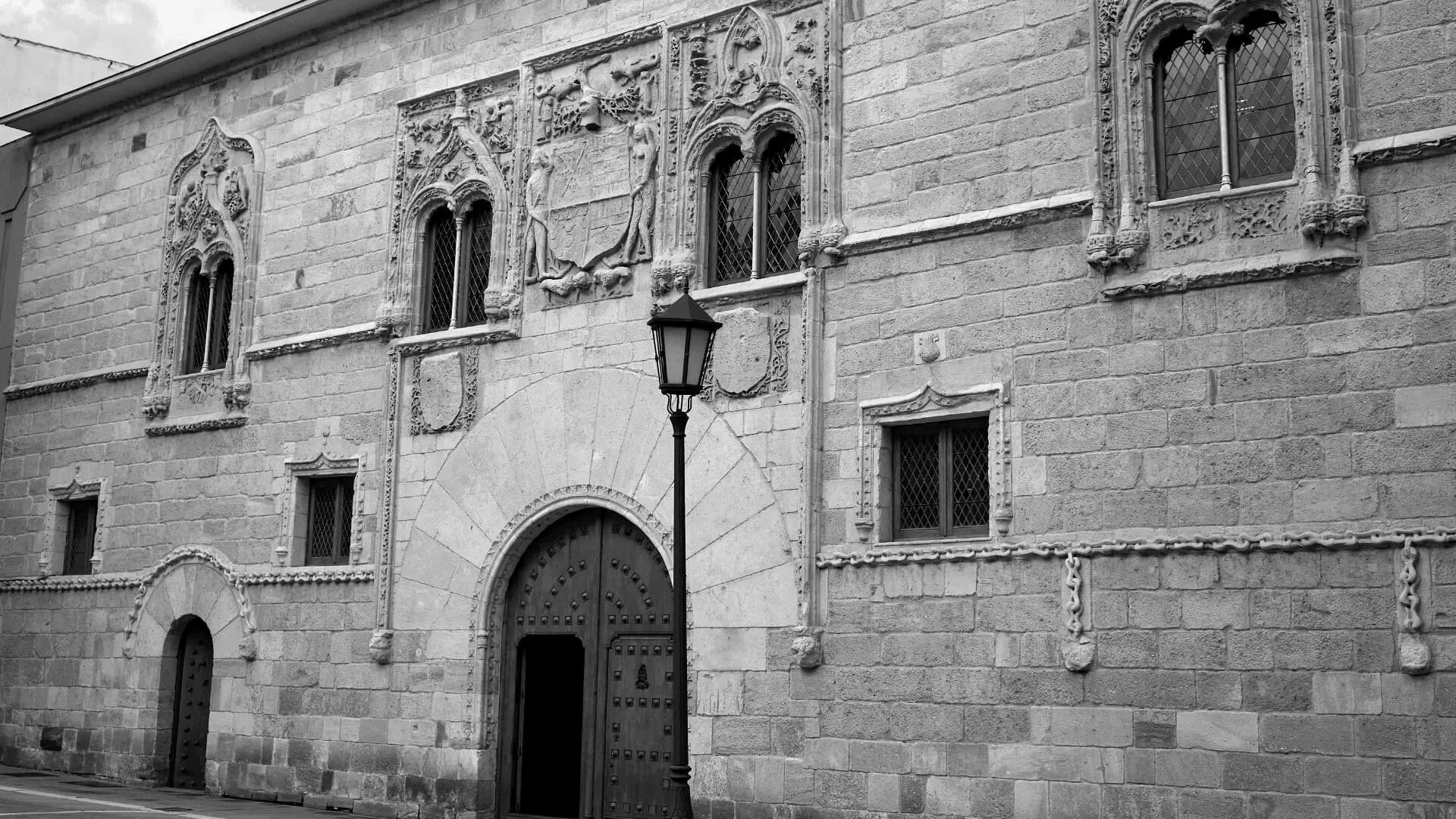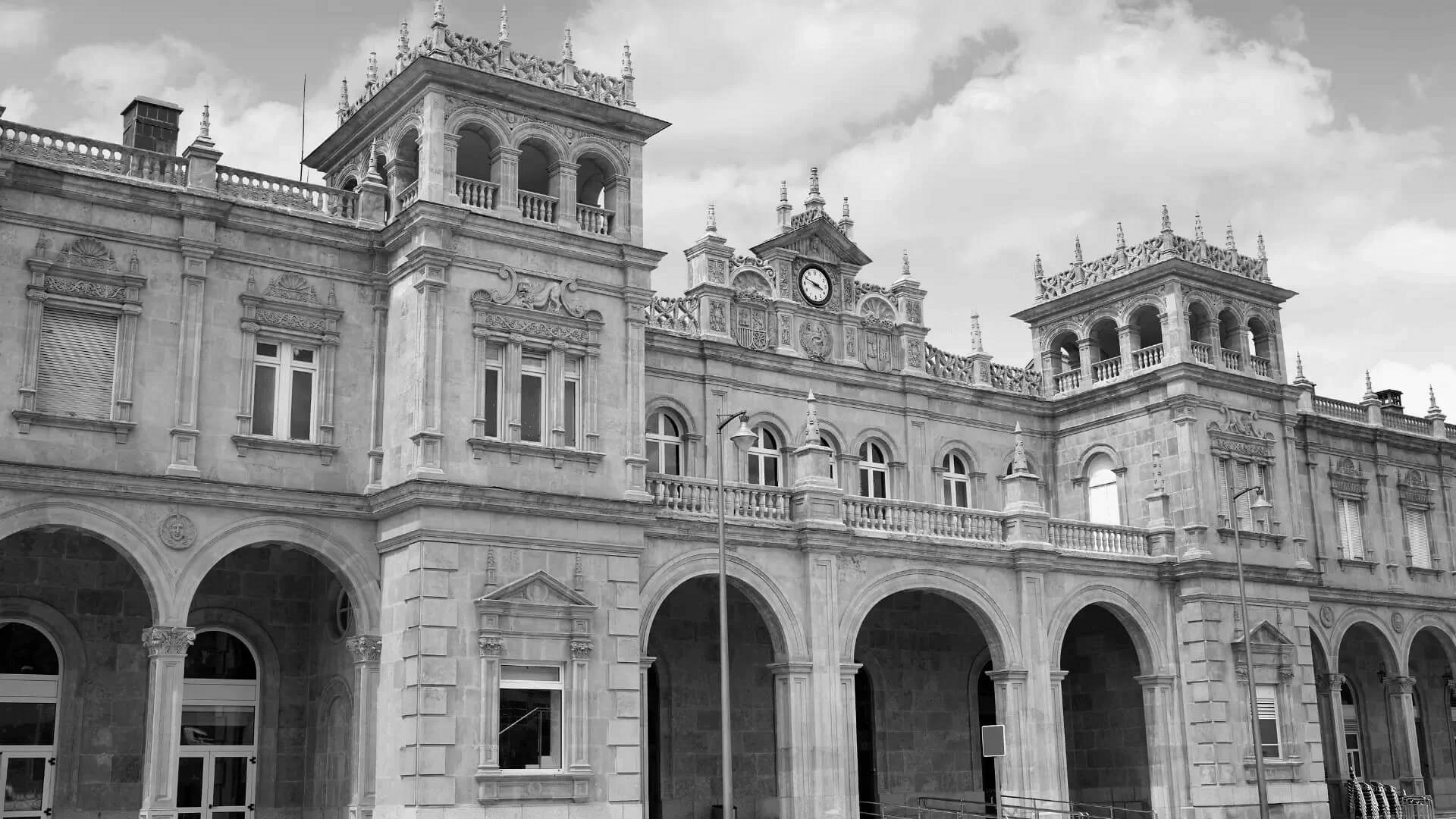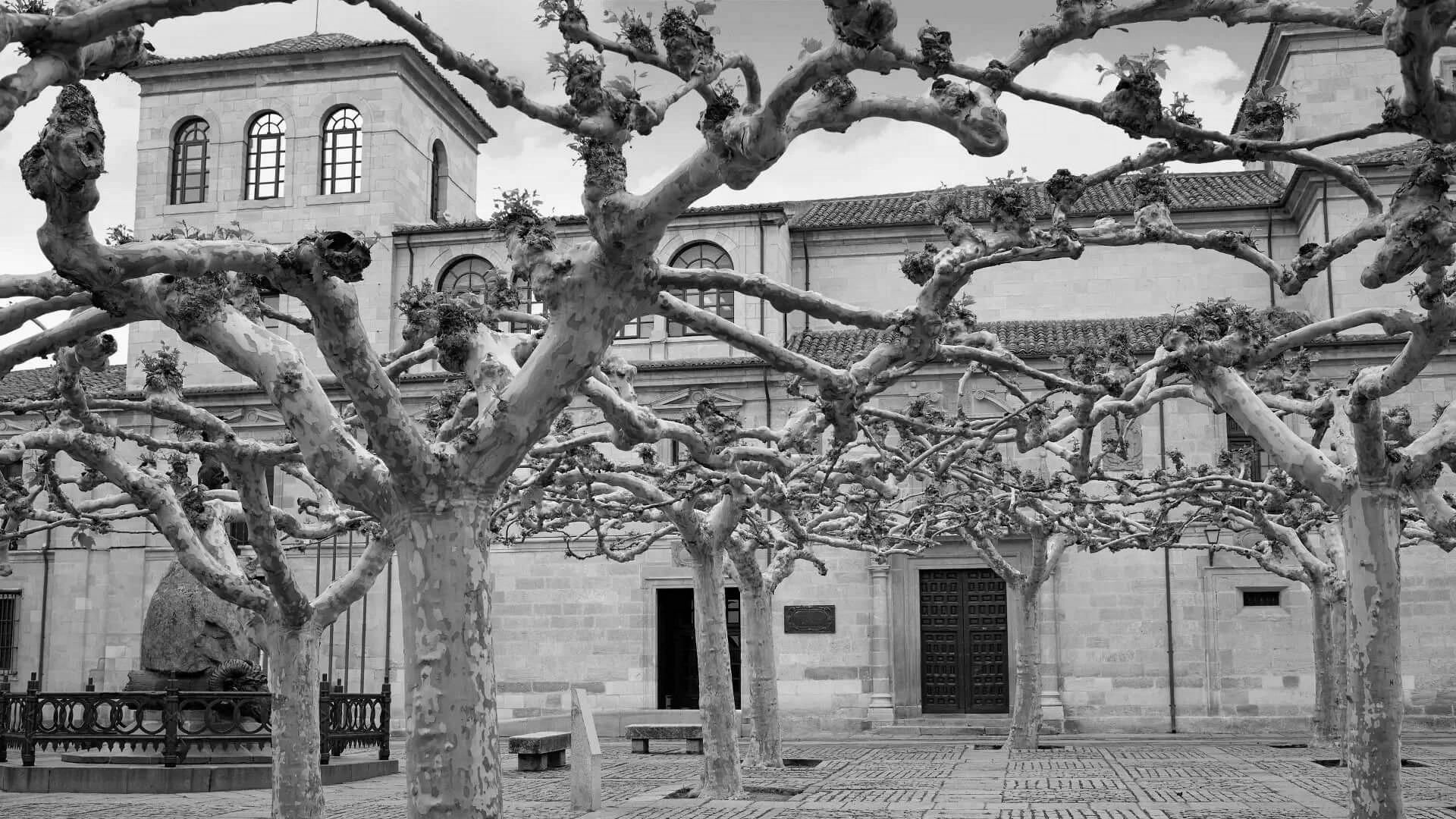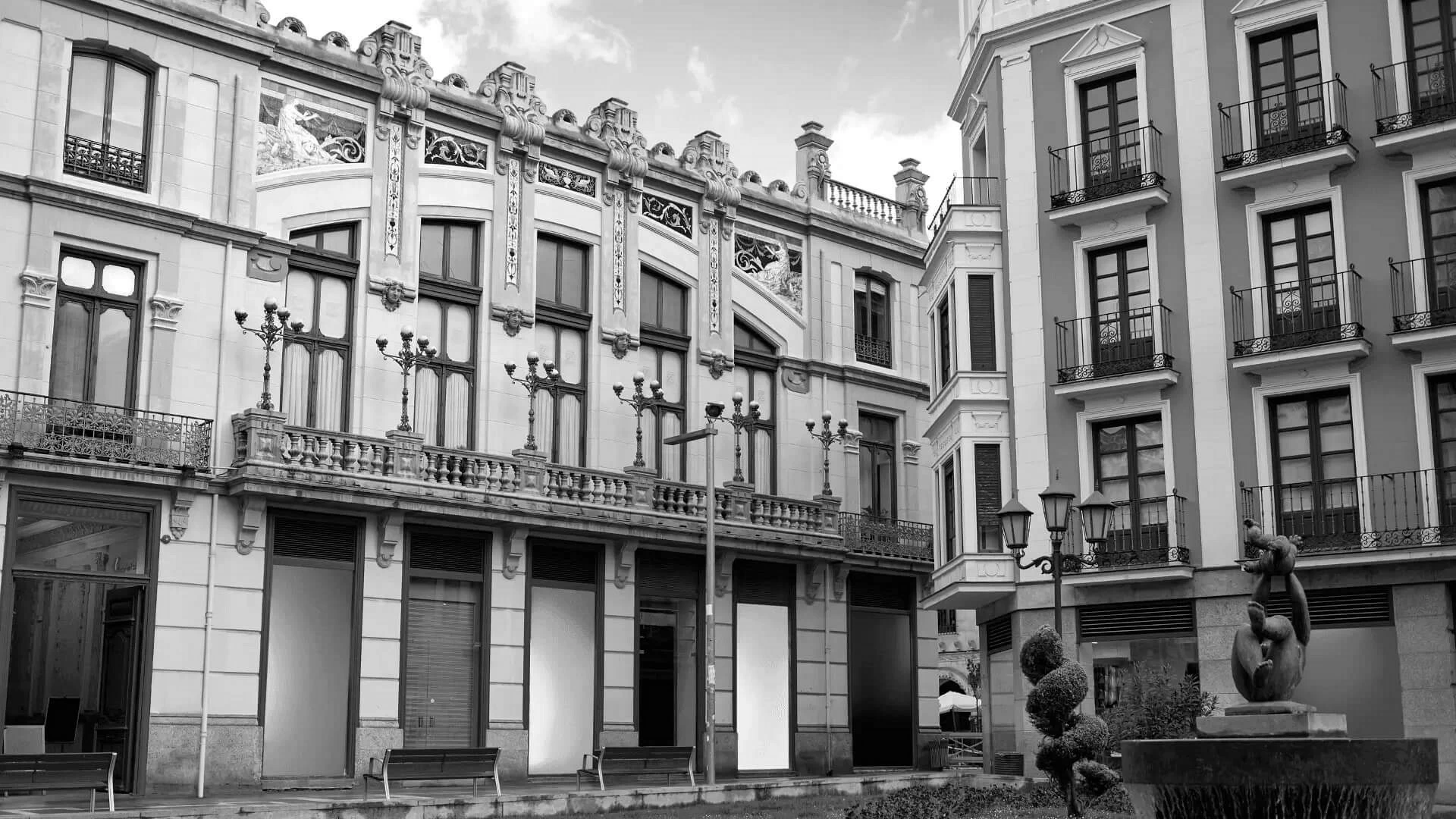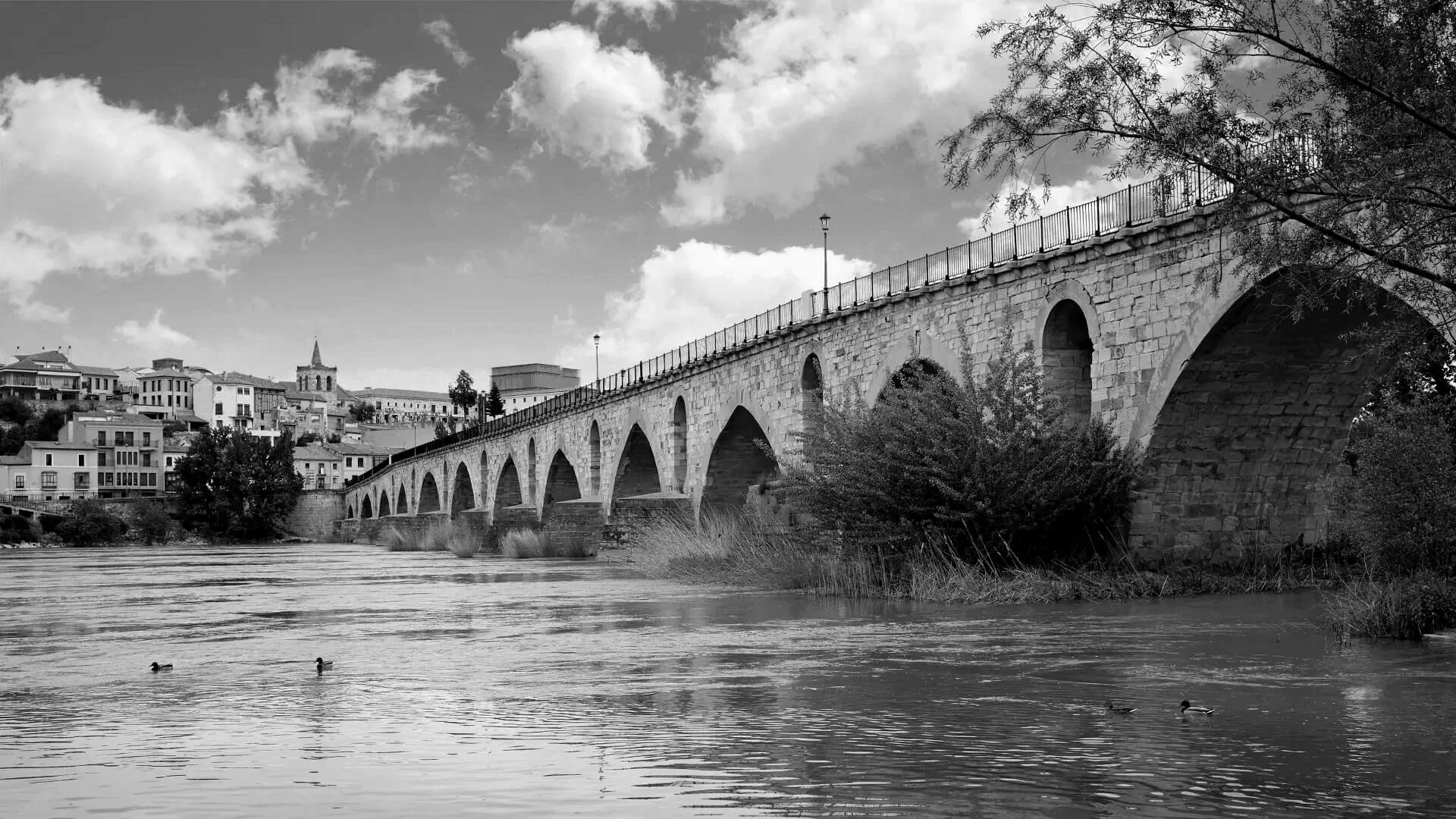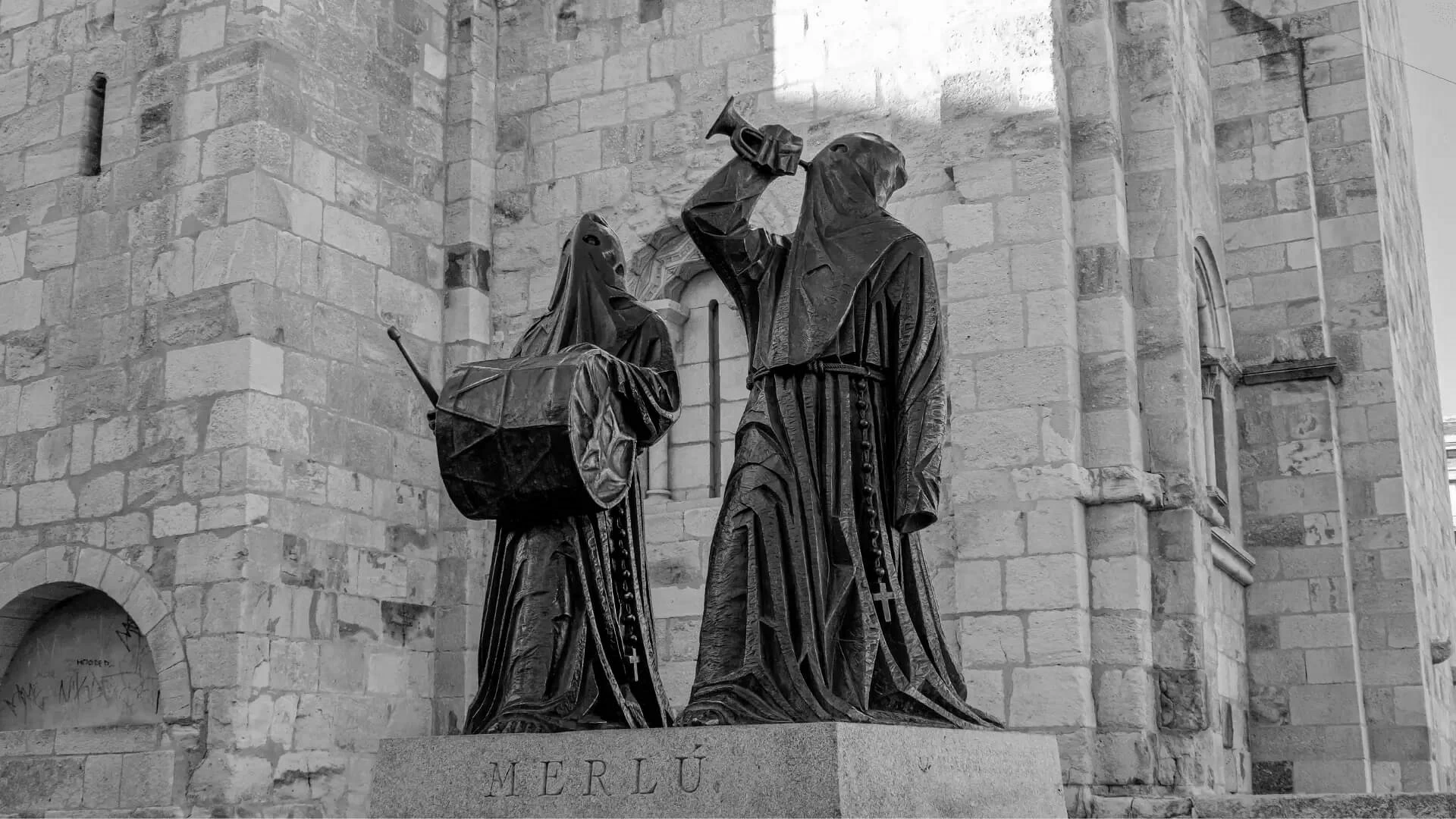Located in northwestern Spain, Zamora is a city that surprises with its impressive historical legacy, its architectural wealth and its close relationship with the Duero River.
Often considered a quiet, uncrowded destination, this Castilian city offers a unique experience for travellers seeking to immerse themselves in the authenticity of one of Spain's most culturally significant provinces.
Zamora has the best urban Romanesque architecture on the peninsula, with more than twenty buildings that you won't want to miss.
Let yourself be enveloped by the beauty of Zamora, where the Duero River draws its landscape and its sunsets invite you to take a leisurely stroll.
Discover the legends of Doña Urraca, King Alfonso VI and El Cid Campeador, immerse yourself in the history of the Siege of Zamora and visit the recently restored Castle and the Baltasar Lobo Museum.
Every corner of the city has a story to tell... why not start yours here?
Discover Zamora with these plans, guides, activities and must-see sites.
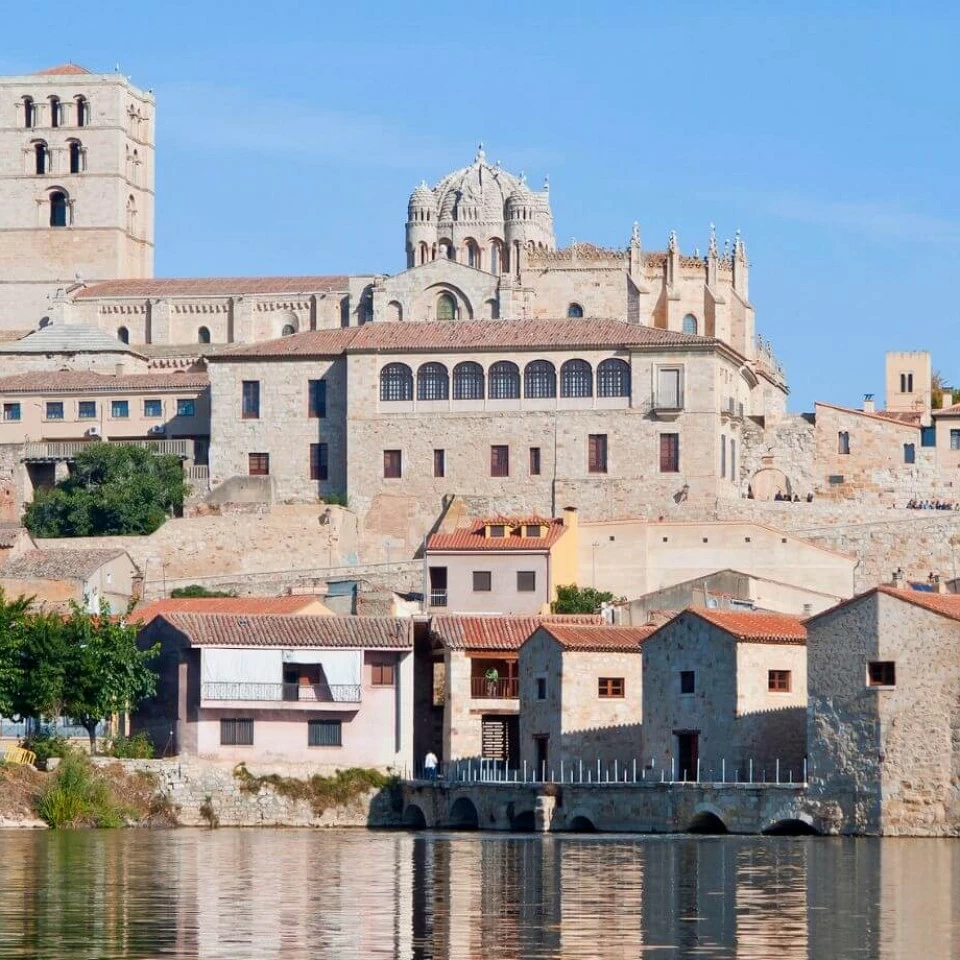
Complete guide to see Zamora in one day
Find out what you have to see in Zamora in one day with our complete guide to discover the capital in 24 hours.
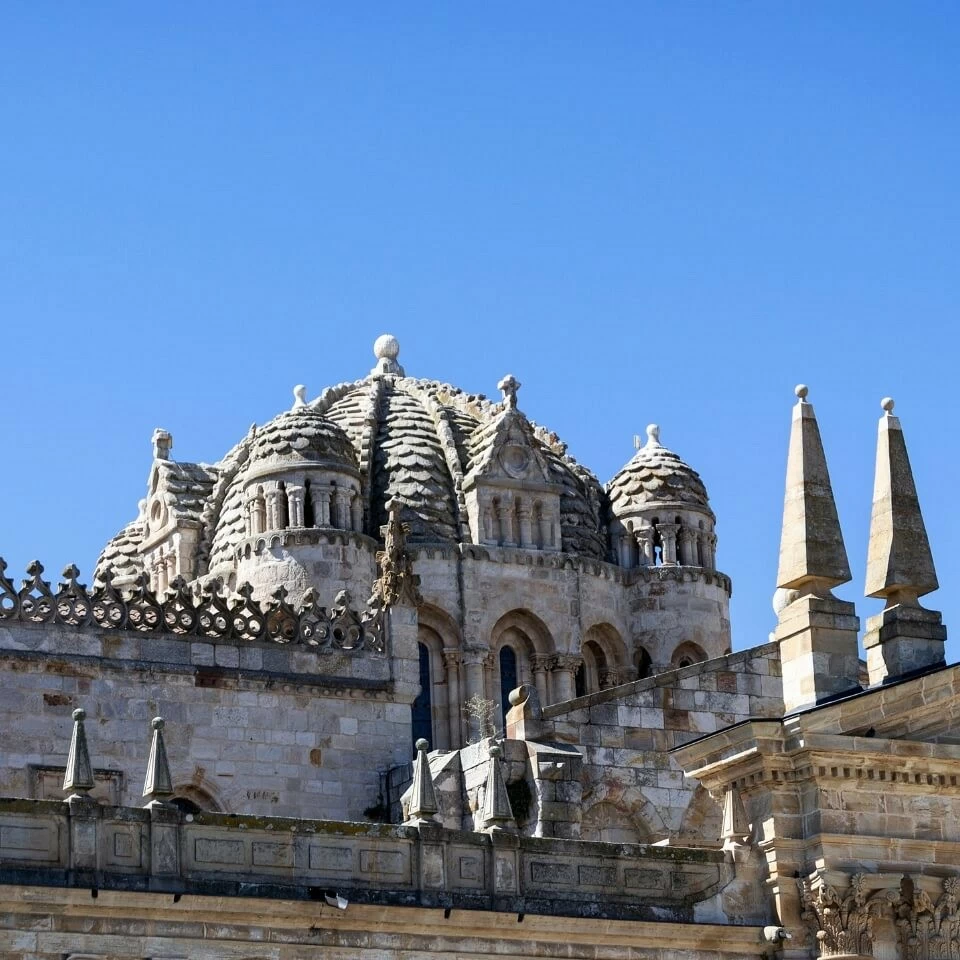
Route of the Romanesque churches in Zamora: An architectural journey
Zamora, known as the ‘city of Romanesque architecture’, is a real treasure for art and history lovers.
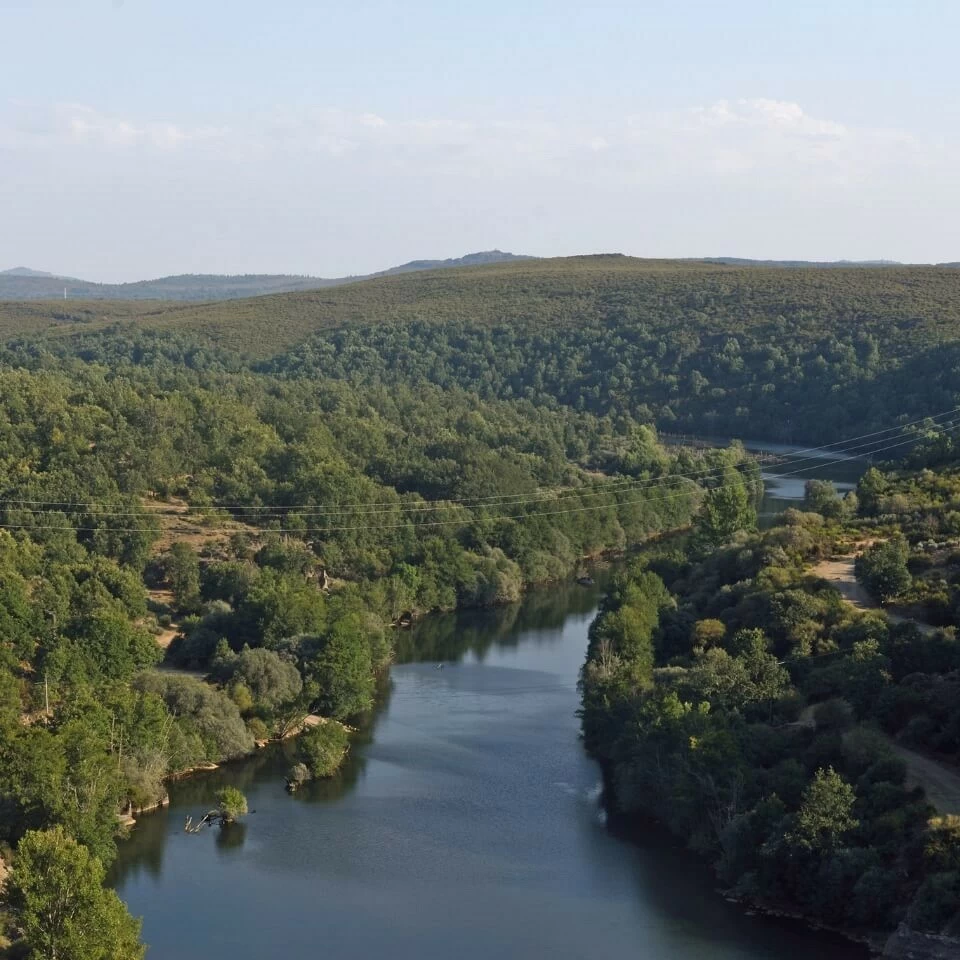
Places you must see in the province of Zamora
Discover the 10 places you must see in the province of Zamora: villages, nature, monasteries and unforgettable routes. Plan your trip!
A journey back in time through Romanesque art
Walking through Zamora is like walking through an authentic open-air museum of Romanesque art. The city preserves one of the most impressive architectural ensembles of this style in Europe, with churches, palaces and medieval vestiges that transport you to another era.
The old town is laid out in a network of cobbled streets that invite you to wander around unhurriedly. In every corner you can find a historical reference, a charming square or a privileged view of the river that accompanies the city on its journey.
Unsurpassed nature and panoramic views
In addition to its rich heritage, Zamora is perfectly integrated with nature. Its location on a rocky elevation next to the Duero River provides natural viewpoints from which spectacular views can be enjoyed, especially at sunset.
The river, which meanders around the city, has not only been a source of life and commerce since ancient times, but is also an ideal space for relaxing walks along the water's edge.
The historic aceñas, old mills that harness the power of the Douro, are a reminder of the river's importance in the city's economy. Nowadays, these constructions are part of the urban landscape and add a special charm to walks along the water.
Culture, traditions and art on every corner
Zamora is synonymous with tradition. The city is internationally renowned for its Holy Week, declared to be of International Tourist Interest. During these dates, the streets are filled with emotion and fervour, with solemn processions that reflect centuries of devotion and religious art. However, the cultural wealth of the city goes far beyond this celebration.
Zamora's museums and exhibition spaces allow visitors to discover everything from its historical legacy to contemporary artistic manifestations.
Zamora gastronomy
Visiting Zamora is also an experience for the palate. The province's traditional cuisine is a combination of authentic flavours and recipes that have been passed down from generation to generation. Dishes such as bacalao a la tranca, Zamora-style rice or the unbeatable suckling lamb will delight any lover of good food.
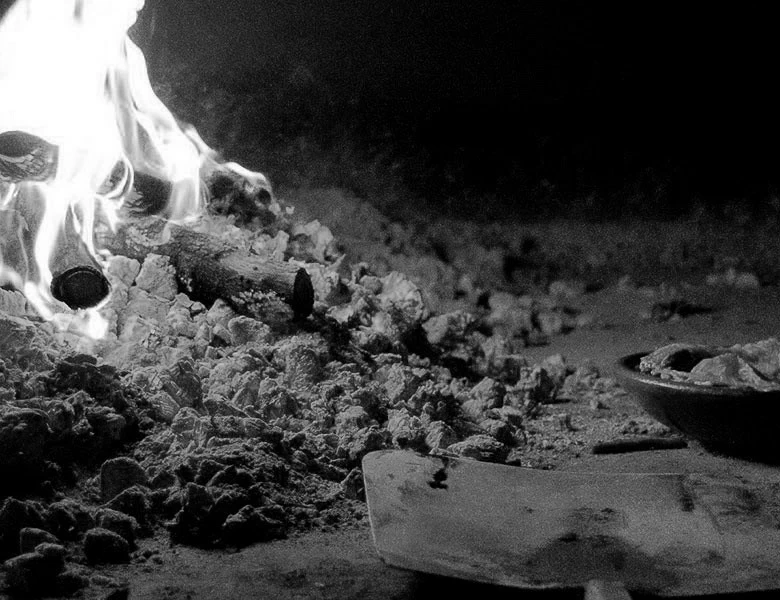
Special mention should be made of the cheese from Zamora, with Designation of Origin, which is a must on any visit to the city. The wines of the region, especially those of the Toro D.O., perfectly complement any meal, offering a complete gastronomic experience that connects with the essence of the land.

Discovering the essence of Zamora
Zamora is a destination that captivates with its authenticity. Unlike other more touristy cities, here time seems to pass in a different way, allowing you to enjoy every detail without the crowds. Strolling through its streets, discovering its history, stopping to admire its architecture and savouring its gastronomy is a way of understanding the importance of the city within Spain's heritage.
To visit Zamora is to connect with history, culture and nature in a privileged setting. Whether for its impressive Romanesque heritage, its lively traditions or its welcoming atmosphere, this city is an essential destination for those looking for a different kind of getaway, full of charm and authenticity.
Visit ZAMORA!

